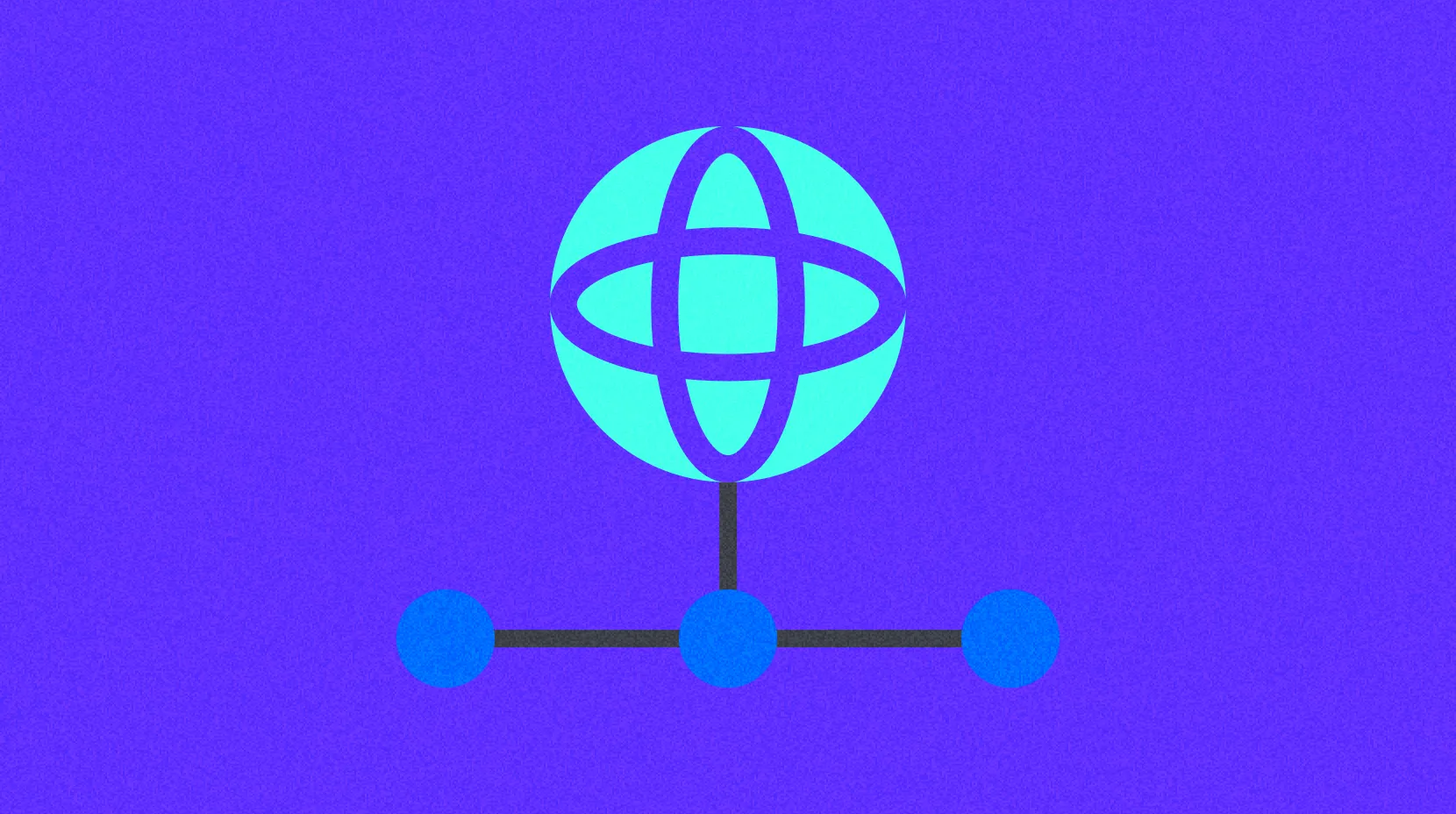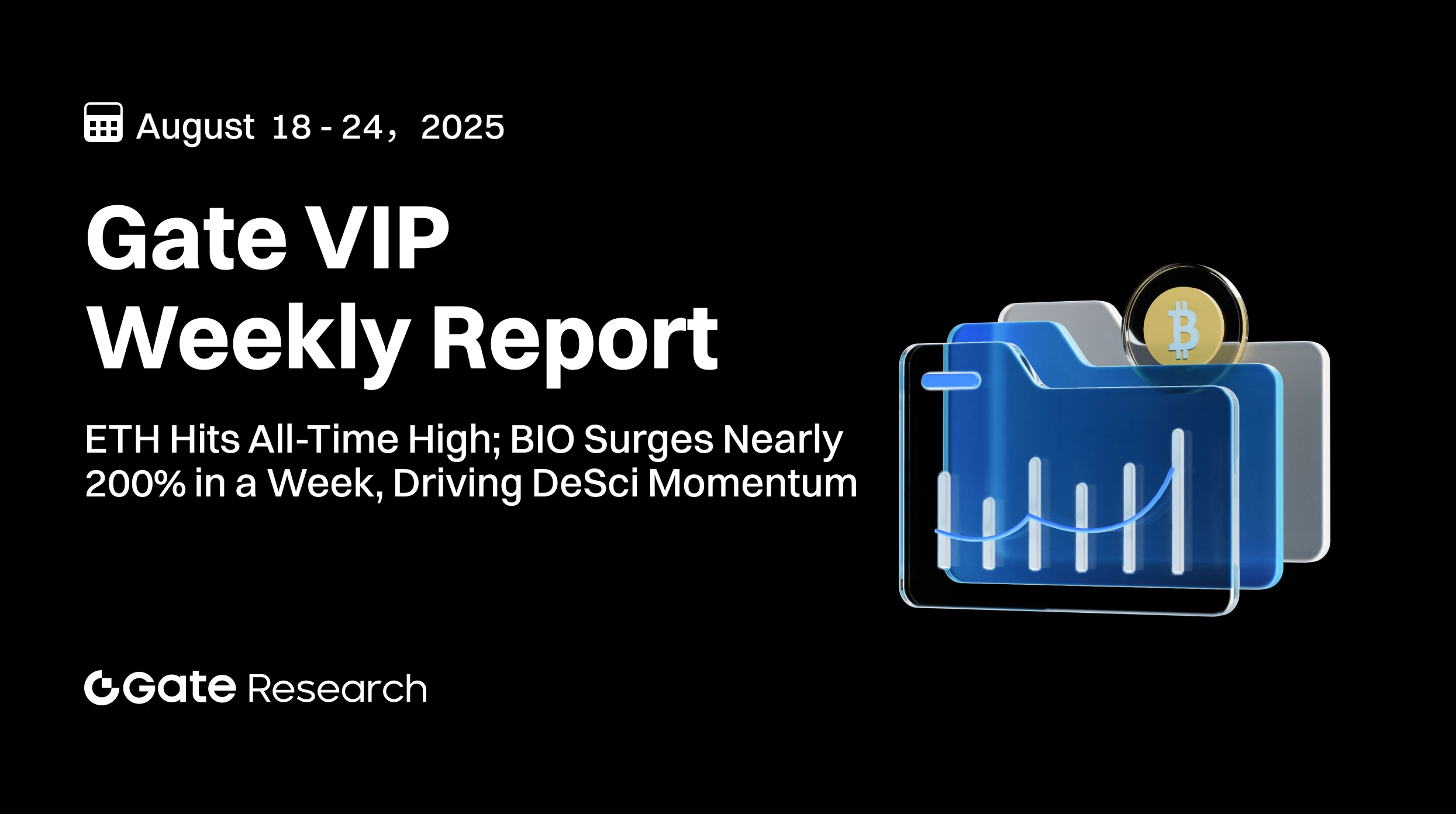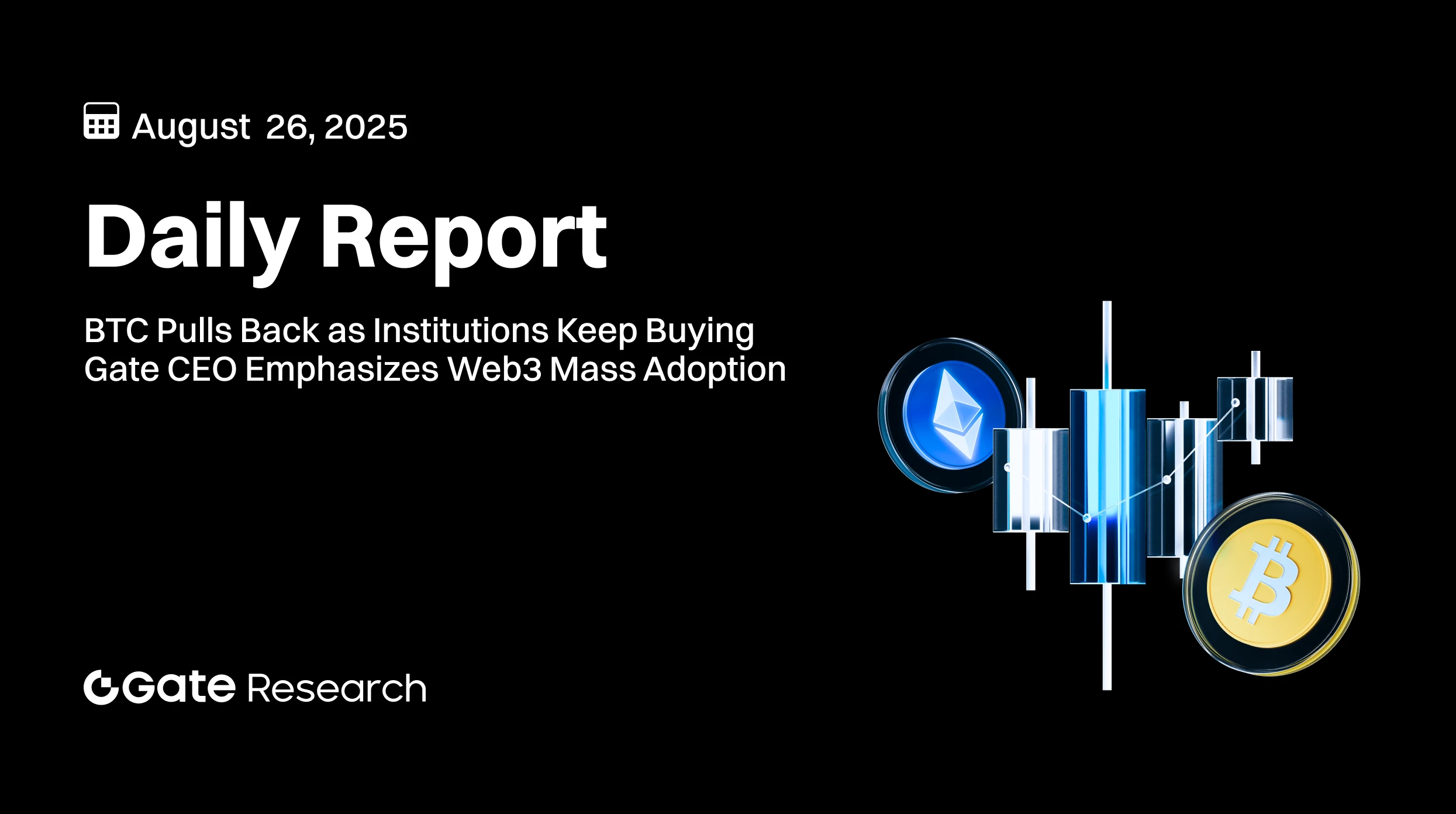Featured Courses
More
Advanced
Tools That Help You Trade Better: Moving Averages, Trend Lines, and Indicators
There are no trading rules that are applicable to any scenario. These courses will help you establish your own trading strategy, then test it and improve on it in practice

Intermediate
Technical analysis: A useful tool to understand trends in contract trading
Understand candlestick patterns and recognize market trends. Build a technical analysis system to make informed trading decisions

Intermediate
Introduction to MetisDAO
This course offers a deep dive into MetisDAO's ecosystem, from how Layer 2 Blockchain solutions work, through community structure and decentralized governance mechanisms and to strategic insights into its future developments.
Learn by Topic
Topics
Altcoins
Bitcoin
Blockchain
DeFi
Ethereum
Metaverse
NFTs
Trading
Tutorial
Futures
Trading Bots
BRC-20
GameFi
DAO
Macro Trends
Wallets
Inscription
Technology
Meme
AI
SocialFi
DePin
StableCoin
Liquid Staking
Finance
RWA
Modular Blockchains
Zero-Knowledge Proof
Restaking
Crypto Tools
Airdrop
Gate Products
Security
Project Analysis
CryptoPulse
Research
TON Ecosystem
Layer 2
Solana
Payments
Mining
Hot Topics
P2P
Sui Ecosystem
Chain Abstraction
Options
Quick Reads
Video
Daily Report
Market Forecast
Trading Bots
VIP Industry Report
ETF Leveraged Tokens
Top Stories
XRP
Pi Network
Difficulty
Beginner
Intermediate
Advanced
Latest Courses
More
Beginner
Spot Grid User Guide
Spot grid is a passive quantitative trading bot that profits from price fluctuations without forecasting market trends. It is especially effective in the range-bound conditions common in the crypto market. By setting a price range and dividing it into multiple grids, the system automatically places buy and sell orders within each grid, repeatedly executing a "buy low, sell high" approach.
The key advantages include:
- Automated execution: Once the bot is launched, it runs 24/7 without the need for market monitoring.
- Risk diversification: Place multiple orders at different price levels to reduce the risk of single-price exposure.
- High market adaptability: Ideal for range-bound markets and highly volatile assets.
- Robust platform support: Gate offers powerful features, including AI recommendations, copy trading, trailing grid, and auto-reinvest, that significantly enhance efficiency and flexibility.
However, the bot has its limitations, including directional market risk, profit erosion by trading fees, capital efficiency, etc. Proper parameter settings, risk management, and the use of trend-following tools are key to improving the effectiveness of spot grid trading in practice.

Beginner
Introduction to Celestia Blob Markets & Rollkit
Celestia represents a fundamental redesign of blockchain architecture through its modular approach. Instead of requiring every blockchain to handle execution, settlement, consensus, and data availability within a single system, Celestia separates these functions into specialized layers. This allows developers to create sovereign and application-specific blockchains that outsource data availability and consensus to Celestia while retaining full control over their execution environments.

Intermediate
Introduction to Programmable Oracle Networks
Blockchains are powerful but limited by their isolation from the outside world. Smart contracts can only process on-chain data, yet most real-world applications, from finance and insurance to gaming and logistics, depend on external information. Programmable oracle networks solve this problem by securely delivering and processing off-chain data for use on-chain. They extend blockchain functionality, enabling decentralized applications to interact with markets, APIs, sensors, and even other blockchains in a trust-minimized way.
Latest Articles
More
Advanced
Gate Research: U.S. Department of Commerce to Put GDP Data On-Chain|Google Cloud Unveils GCUL L1
Gate Research Daily Report: On August 27, the crypto market saw a volatile rebound with major tokens broadly rising. The U.S. Department of Commerce announced plans to publish GDP data on the blockchain, promoting government data transparency. Meanwhile, Google Cloud launched its financial-grade Layer 1 blockchain, GCUL, aiming to set a new standard for on-chain financial infrastructure. Aave’s TVL reached a record high, approaching the scale of a top-50 U.S. commercial bank, highlighting the growing potential of DeFi as a traditional finance alternative. Among top-performing tokens, IP rose 10.82% driven by momentum in AI-powered creator economies, AURORA surged 69.12% on ecosystem expansion and a stablecoin chain proposal, and NMR jumped 134.25% following institutional interest and its positioning as an AI hedge fund narrative.
8/27/2025, 5:41:23 AM

Advanced
 Gate Research: Ethereum Hits All-Time High; BIO Surges Nearly 200% in a Week, Driving DeSci Momentum | Weekly Report for Gate VIPs
Gate Research: Ethereum Hits All-Time High; BIO Surges Nearly 200% in a Week, Driving DeSci Momentum | Weekly Report for Gate VIPs
Last week, lending protocol Morpho surpassed $10 billion in TVL thanks to its unique design, with its token price gaining over 26%. Market leader Aave also maintained strong momentum, rising 16.72%. Ethereum continued to attract the highest net inflows and hit a new all-time high, fueled by dovish remarks from the Federal Reserve and other macro tailwinds. Bio Protocol (BIO) surged nearly 200% in a single week, reigniting market interest in the DeSci sector.
8/26/2025, 10:30:00 AM

Advanced
Gate Research: BTC Pulls Back as Institutions Keep Buying|Gate CEO Emphasizes Mass Adoption of Web3
Gate Research Daily Report: On August 26, BTC price fell below the 26-day moving average, but institutions continued to buy. ETH entered a correction phase after experiencing a significant surge in the early hours of August 25. FLOCK token rose 28.48% in the past 24 hours; OMI token rose 91.22% in the past 24 hours. Japan’s largest Web3 event was held in Tokyo, where Gate CEO Han Lin emphasized that large-scale adoption of Web3 is inevitable.
8/26/2025, 8:20:46 AM
Latest Research
More
Advanced
Gate Research: U.S. Department of Commerce to Put GDP Data On-Chain|Google Cloud Unveils GCUL L1
Gate Research Daily Report: On August 27, the crypto market saw a volatile rebound with major tokens broadly rising. The U.S. Department of Commerce announced plans to publish GDP data on the blockchain, promoting government data transparency. Meanwhile, Google Cloud launched its financial-grade Layer 1 blockchain, GCUL, aiming to set a new standard for on-chain financial infrastructure. Aave’s TVL reached a record high, approaching the scale of a top-50 U.S. commercial bank, highlighting the growing potential of DeFi as a traditional finance alternative. Among top-performing tokens, IP rose 10.82% driven by momentum in AI-powered creator economies, AURORA surged 69.12% on ecosystem expansion and a stablecoin chain proposal, and NMR jumped 134.25% following institutional interest and its positioning as an AI hedge fund narrative.
8/27/2025, 5:41:23 AM

Advanced
 Gate Research: Ethereum Hits All-Time High; BIO Surges Nearly 200% in a Week, Driving DeSci Momentum | Weekly Report for Gate VIPs
Gate Research: Ethereum Hits All-Time High; BIO Surges Nearly 200% in a Week, Driving DeSci Momentum | Weekly Report for Gate VIPs
Last week, lending protocol Morpho surpassed $10 billion in TVL thanks to its unique design, with its token price gaining over 26%. Market leader Aave also maintained strong momentum, rising 16.72%. Ethereum continued to attract the highest net inflows and hit a new all-time high, fueled by dovish remarks from the Federal Reserve and other macro tailwinds. Bio Protocol (BIO) surged nearly 200% in a single week, reigniting market interest in the DeSci sector.
8/26/2025, 10:30:00 AM

Advanced
Gate Research: BTC Pulls Back as Institutions Keep Buying|Gate CEO Emphasizes Mass Adoption of Web3
Gate Research Daily Report: On August 26, BTC price fell below the 26-day moving average, but institutions continued to buy. ETH entered a correction phase after experiencing a significant surge in the early hours of August 25. FLOCK token rose 28.48% in the past 24 hours; OMI token rose 91.22% in the past 24 hours. Japan’s largest Web3 event was held in Tokyo, where Gate CEO Han Lin emphasized that large-scale adoption of Web3 is inevitable.
8/26/2025, 8:20:46 AM
Glossary
Moreapr
Annual Percentage Rate (APR) is an annualized percentage rate that represents investment returns or borrowing costs, calculated using simple interest without accounting for compounding effects. In cryptocurrency, APR is commonly used to measure annualized yields from staking, lending, and liquidity provision activities, helping users evaluate and compare investment benefits across different DeFi protocols.
fomo
Fear of Missing Out (FOMO) refers to the anxiety investors feel about potentially missing profitable opportunities, which drives them to make irrational investment decisions. In cryptocurrency trading, FOMO typically manifests as investors blindly buying assets after prices have already significantly increased, hoping to share in the market's upward momentum.
nft
NFT (Non-Fungible Token) is a unique digital asset based on blockchain technology, characterized by its indivisible and irreplaceable nature, with each NFT possessing a unique identification code and metadata. They are typically created following standards like Ethereum's ERC-721 or ERC-1155, capable of definitively proving ownership, authenticity, and scarcity of digital content.
leverage
Leverage refers to the practice where traders borrow funds to increase the size of their trading positions, controlling assets of greater value with smaller capital. In cryptocurrency trading, leverage is typically expressed as a ratio (such as 3x, 5x, 20x, etc.), indicating the multiple of the original investment that a trader can control in assets. For example, using 10x leverage means an investor can control assets worth $10,000 with just $1,000.


Your Gateway to Crypto World, Subscribe to Gate for A New Perspective
